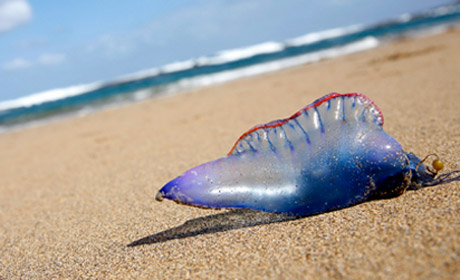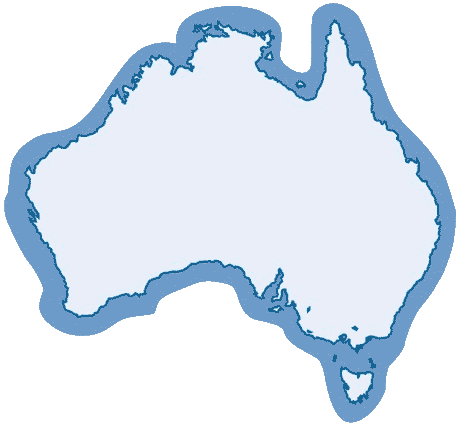The bluebottle (physalia) is probably the most well known jellyfish around the Australian coastline. Their blue, balloon like sail sits above the water and is attached to a long tentacle extending below it. This tentacle is covered in stinging cells callednematocysts. When this touches the skin it reacts by injecting a small amount of a toxin which causes irritation and can be quite painful.

